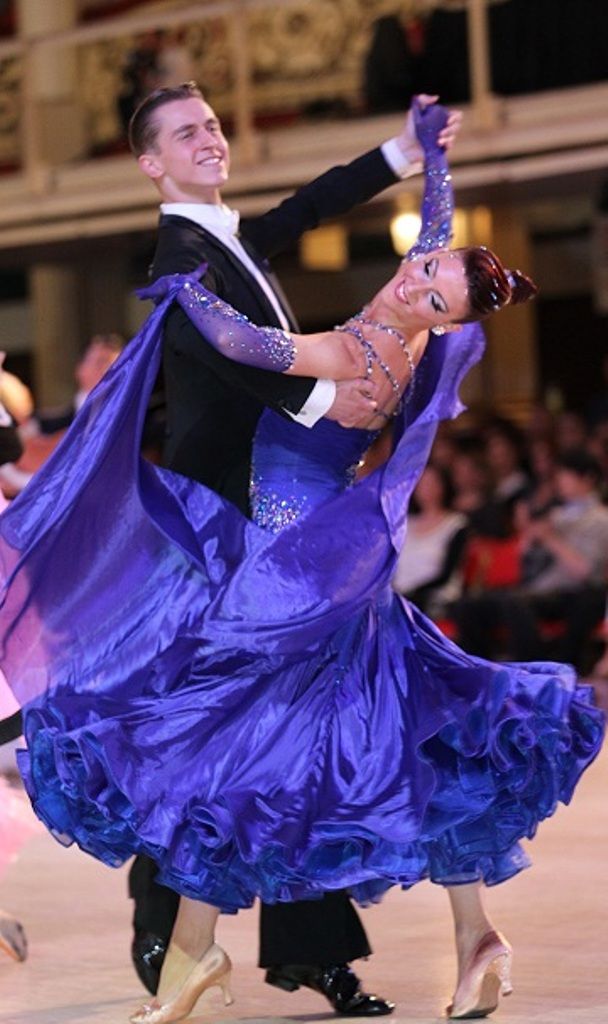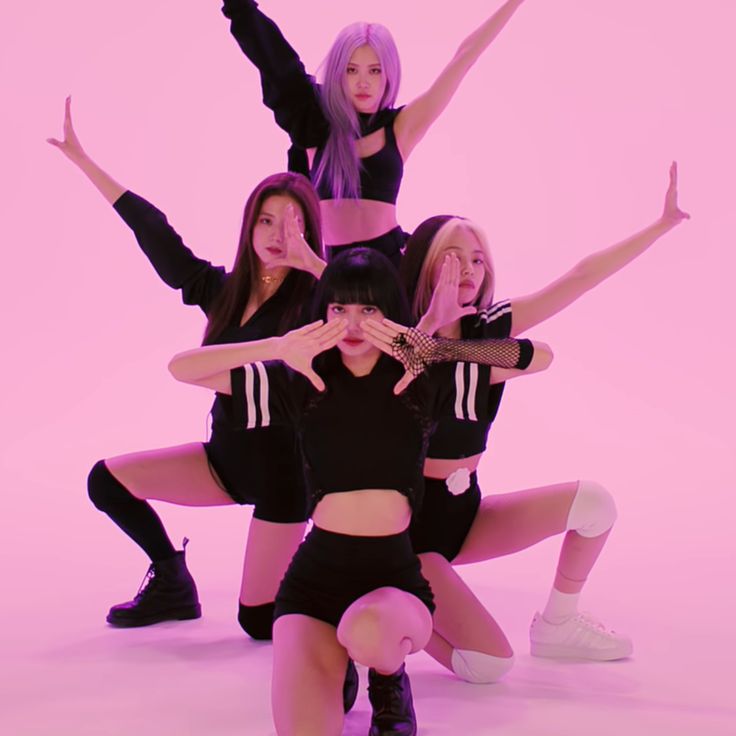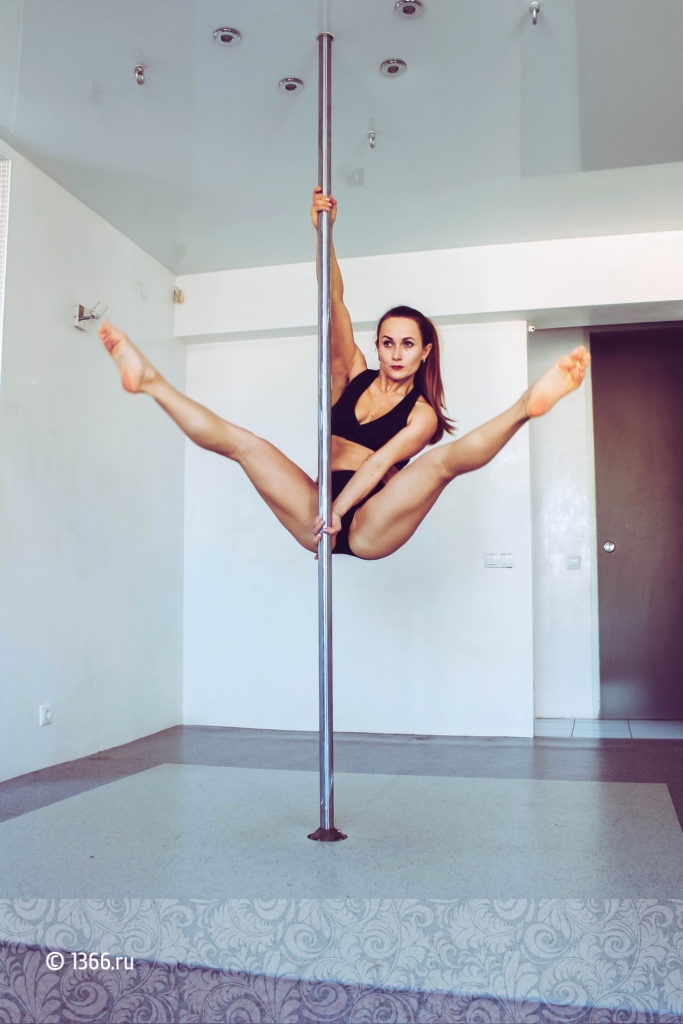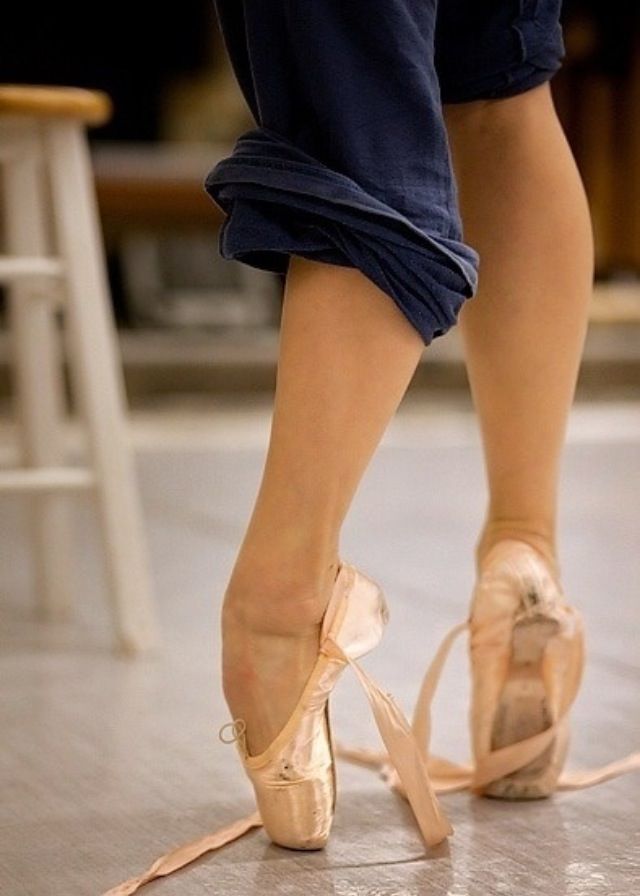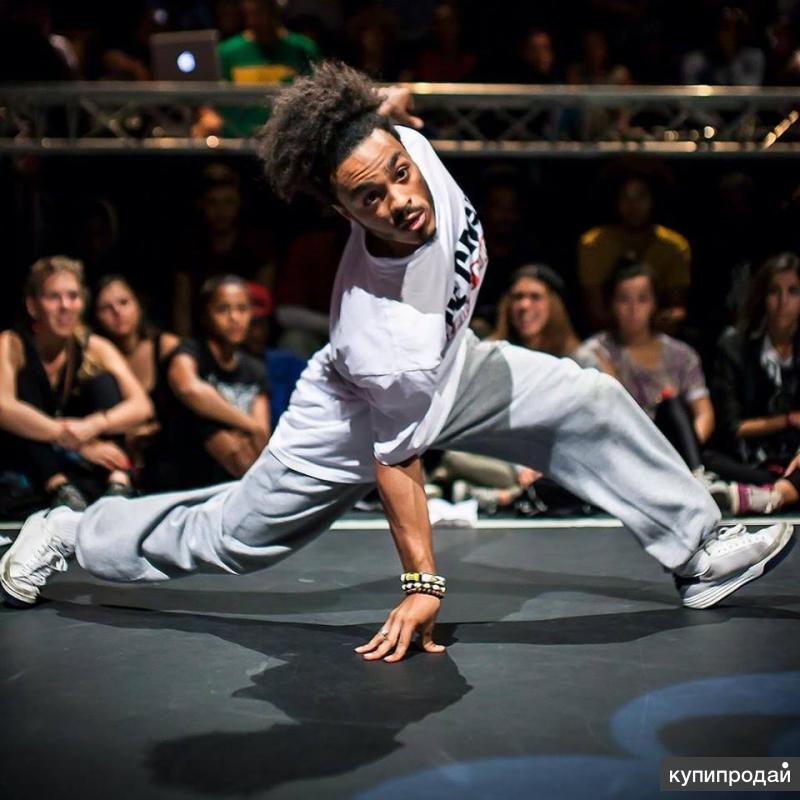How to pop your hips dance
Is it safe to pop your hips?
It used to be that I had to pop my hips. I simply could not turn out or get my leg high up in the air where I wanted it to be if I didn’t first give my thigh a good shove and feel that release. I didn’t know why it felt that way nor what was making that sound, whether it was something to do with the joint itself or with muscles and tendons outside of it. But I knew that it felt good to do it; that it not only didn’t produce pain, but it served to reduce it, and I knew it was different from other sorts of pops and snaps and cracks. So many dancers do this! But is it safe?
There are several different ways you might feel a pop in your hip, and different neighboring body parts are involved, but the general mechanism is the same: tendons glide over a bony structure. Tendons are what connect muscle to bone. Tendons usually cross a joint and are held in place by bands of tough fascia and bony structures, but they can sometimes move over those bony structures and get temporarily caught on them as you are moving through a large range of motion. And sometimes they don’t go very smoothly. It is like a rubber band being pulled over a catch, and it can result in an audible “pop” sound and/or a pop that you can feel.
Of course, this happens when we purposefully cause a joint to pop or snap, but it can also happen on its own. In fact, a typical occurrence, particularly in adolescent dancers, is commonly called “snapping hip”. Dr. Donald Rose, one of the founders and orthopedic specialists at the Harkness Center for Dance Injuries at NYU Langone Medical Center, says that this is often one of two things: “the iliotibial band can snap over the greater trochanter, something called coxa sultans externa (‘jumping hip’). But the most common cause is secondary to coxa sultans interna, which is secondary to the iliopsoas tendon snapping over the front of the hip joint capsule like a rubber band. This is quite common and is almost unique to the dance population.”
The iliopsoas muscle is a major hip flexor, meaning that you use it to help bring your thigh up in movements like battement (kick) or développé (leg extensions) to the front and side.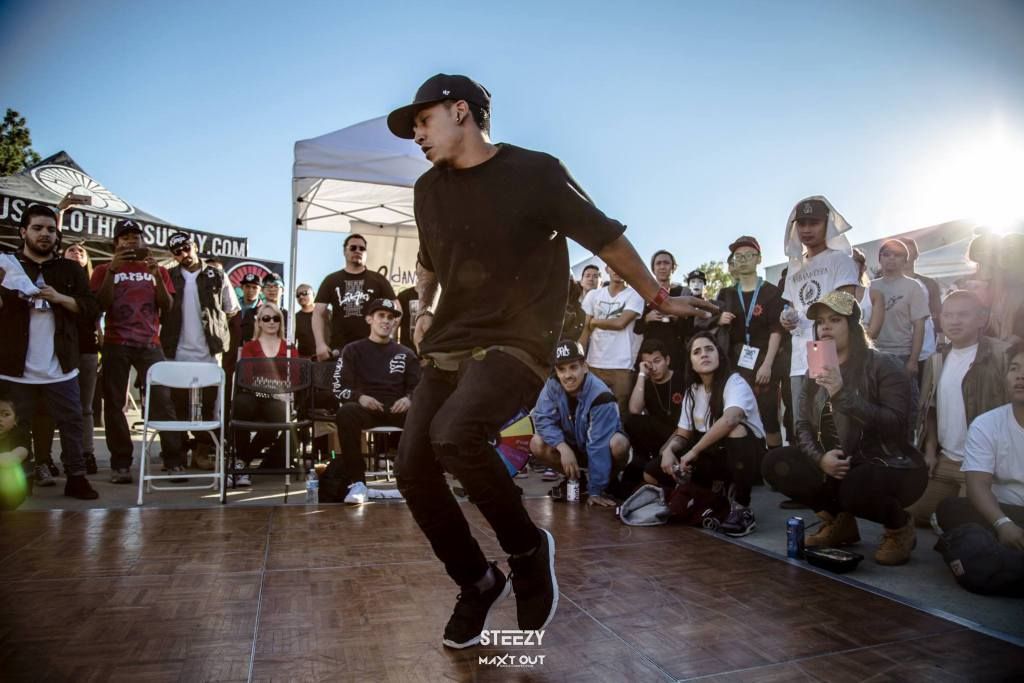 It connects to your lower back and then comes forward, connecting on the inside of your pelvis to connect at the other end to the front of your thigh, so it feels like it is in the front of your hip. When you pop your hip and it feels like you got something out of the way, it’s because you did; you moved a tendon.
It connects to your lower back and then comes forward, connecting on the inside of your pelvis to connect at the other end to the front of your thigh, so it feels like it is in the front of your hip. When you pop your hip and it feels like you got something out of the way, it’s because you did; you moved a tendon.
Everyone’s joints are fairly similar in shape, but how tight or lax the soft tissues are around the joint, and whether or not someone can pop their hips, can differ a lot between individuals.
Abby De Angelis, a certified hip specialist and clinical director at SPEAR Physical Therapy, points out that flexibility and what your body will do vary. “Dancers generally need more joint range of motion than the average person,” she says. “These increased ranges are usually a product of genetics – how your hips are shaped at birth – and working on this mobility from a young age.”
We know that dancers love to pop their joints because it feels good, it can help with mobility, and it can often seem necessary. But is it safe?
But is it safe?
“Occasional snapping of the hip, if it is secondary to the iliopsoas, is fine, and some dancers feel a relief from it,” says Dr. Rose. But it comes with a caveat that “if it’s done repetitively or habitually, this can result in irritation of the tendon or inflammation of the bursa (a sac between the tendon and the joint capsule) and can subsequently result in pain and discomfort and decreased dance function. So, painless snapping if it’s not done to excess is okay. When it becomes painful or is in excess, it can negatively affect the dancer.”
De Angelis agrees. “When it happens infrequently, there is no real consequence,” she says. “Over and over again, it can lead to pain, inflammation, tendonitis, tendinosis, break down and tears.”
Kasey Archer, a former dancer who works at In Touch Physical Therapy and with De Angelis at SPEAR, has a great suggestion for dancers to help prevent hip pain. Guess what it concerns: strength.
“To take care of their hip sockets, dancers need to ensure they have balanced muscle strength throughout their hips, core and legs,” Archer advises.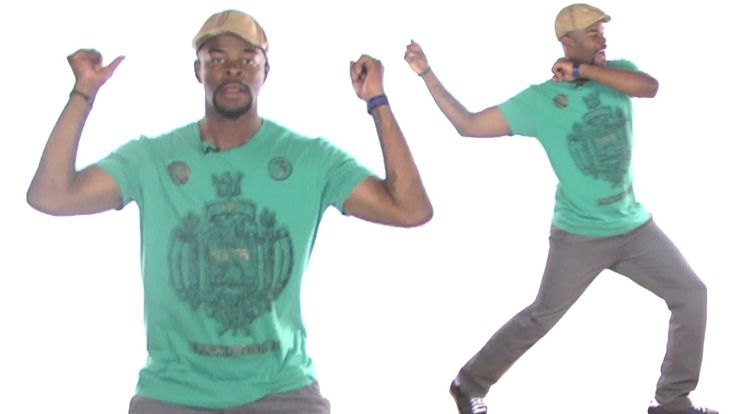 “Dance often favors an externally rotated, or ‘turned out’, position, and dancers need to be sure to strengthen their hips in both parallel and turnout for optimal muscle symmetry.”
“Dance often favors an externally rotated, or ‘turned out’, position, and dancers need to be sure to strengthen their hips in both parallel and turnout for optimal muscle symmetry.”
So, don’t be afraid to get relief from cracking your hips. To pop is to be a dancer. But use your smarts; see a clinical specialist if you are experiencing pain, and protect your hips by keeping them strong and not overdoing it. Your hips will be grateful to you in the long run.
By Leigh Schanfein of Dance Informa.
Related Items:Abby De Angelis, battement, dancer advice, dancer wellness, developpe, Dr. Donald Rose, Harkness Center for Dance Injuries, iliopsoas tendon, iliotibial band, In Touch Physical Therapy, joint pain, joint popping, jumping hip, Kasey Johnson Archer, NYU Langone Medical Center, snapping hip, SPEAR Physical Therapy, tendinosis, tendonitis, Tips & Advice
How To Learn Popping – The Ultimate Popping Training Guide
Want a clear, easy-to-follow guide to learn Popping? This 8-week Popping Training Guide is the perfect way for beginners to cover all the major Popping techniques.
The Popping training guide is divided up like this:
Week 1: Hitting, Arm Waves
Week 2: Body Waves, Glides
Week 3: Review, Freestyle
Week 4: Isolation, Animation
Week 5: Fresno, Flexes Week
6: Review, Freestyle Week
7: Walk out / Boogaloo, Twist, Tuts
Week 8: Review, Freestyle
Follow this Popping Training Guide to learn and practice all the basic Popping moves you need to know.
You can also download this Popping Training Calendar PDF to custom-plan your schedule:
Download Your 8 Week Training Calendar To Follow Along!
Popping Technique 1: Hitting
Learn how to hit:
Hitting (or popping) is when you flex and release your muscles as quickly and as powerfully as possible. Hitting is done to the beats in music.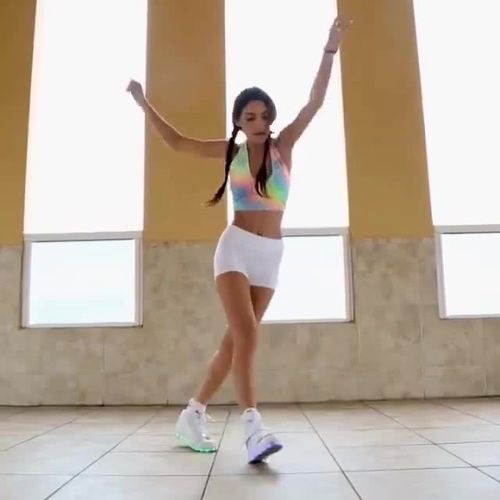
For more in-depth instruction, read: Learn How To Pop, Or Hit With Your Body!
Drill Popping hits:
Practice by hitting one body part at a time (arms, legs, chest/torso, neck), in different positions.
Play this song:
- 4 8-counts: Hit with your arms extended straight in front of you, parallel to each other
- 4 8-counts: Hit with your arms extended straight out, perpendicular to the ground
- 1 8-count: From this position, hit as your arm rises up in increments until they are straight up above your head, parallel to each other.
- 1 8-count: Then bring them back down, still hitting on beat. (repeat this up-down motion as many times as you wish)
- 4 8-counts: Hit with your torso/chest
- 4 8-counts: Sit in a chair, and hit with your neck
- 4 8-counts: Stay in the chair, and hit with your legs
- 2 8-counts: Stand on one leg, and hit with the other leg slightly extended out
- 2 8 counts: Stand on the other leg, and hit with the other leg slightly extended out
OR,
Just take Clay's 7 Days of Hits Program on STEEZY Studio!
Things to remember:
You want your hits to pack in as much power as possible, in the shortest amount of time possible.
You can hit on the 1 (boom), or the 2 (ka), both, or “ride through” the 1 beat to the 2.
Popping Technique 2: Arm Waves
Learn how to do the Arm Wave:
The 12-point arm wave can be broken down like this
Drill Popping Arm Waves:
Practice the 12-Point Arm Wave with Boogie Frantick
More practice:
- Practice the 12-point arm wave with your arms straight out, reversing directions each 8 count. Do this 4 8 counts slowly, 4 8 counts tempo.
- Then, do it with one arm only for 4 8 counts.
- Switch arms, repeat for 4 8 counts.
- Wave both arms inward towards your chest for 4 8 counts, then reverse it out toward your fingertips for 4 8 counts
- Wave any or both arms in any direction for 4 8 counts. Get creative! You want your arms to “memorize” the pathway of the wave in as many positions as possible.

Things to remember:
It’s important to break down each point of the 12-point wave before blending it all together to create a smooth movement.
This builds your arm’s muscle memory. Keep your hands loose and fluid, and rotate your elbows to create a smoother wave.
Practice facing a mirror; how the wave looks from your POV might not be how it looks to someone watching!
You can practice waving your arms in any / all positions, not just the angles given.
Popping Technique 3: Body Waves
Learn how to body wave:
The 8-point body wave: move in one direction, starting with your head, shoulders, hip, knee, other knee, back to your hip, shoulders, up to your head.
The wave should move down one side of your body, then back up the other.
Drill Popping body waves:
Wave down one side of your body for 4 counts, then back up for 4 counts.
Do this for this entire song:
Things to remember:
It’s important to start and complete your full body waves.
Drill how to isolate the different parts of the wave, but incorporate it into your grooves.
You can start the full body wave from different body parts (like from the ground-up).
Technique 4: Glides
Learn how to Glide:
Do the step-glide by stepping out with one foot, then sliding it back.
Do the over-under/under-over glide by lifting the heel of one foot, and sliding the other foot in front of it. Take that same foot, and slide it behind the other foot.
Drill Popping glides:
Practice the Step Glide with Boogie Frantick with this free YouTube drill:
More practice:
- Do the over-under/under-over glide 4 times in one direction, then 4 times in the opposite direction
Things to remember:
Footwork doesn’t mean your upper body isn’t doing anything! Add your own flavor with grooves or head looks, etc.
Gliding is all about shifting your weight on your feet. Pay attention to which foot and where (heel/toe) your weight is.
Review: Hitting, Arm Waves, Body Waves, Glides
Re-visit the techniques from weeks 1 and 2. Combine all the techniques that you learned in a guided freestyle.
Play this song:
- 2 8-counts: Hit with your arms in any position
- 2 8-counts: Wave both arms in any angle
- 2 8-counts: Do the body wave
- 2 8-counts: Do the step-glide in any direction
- 2 8-counts: Hit with your chest
- 1 8-count: Wave only 1 arm, in our out
- 1 8-counts: Wave with the other arm, in our out
- 2 8-counts: Body wave as you step out with your feet
- 2 8-counts: Do the over-under glide
- Remainder of the song: Combine any of the techniques in your own freestyle
Popping Technique 5: Isolations / Fixed Points
Learn how to do isolations and fixed points:
Isolate one body part and move it while the rest of your body stays still, or
Keep one body part at a fixed point as the rest of your body moves around it.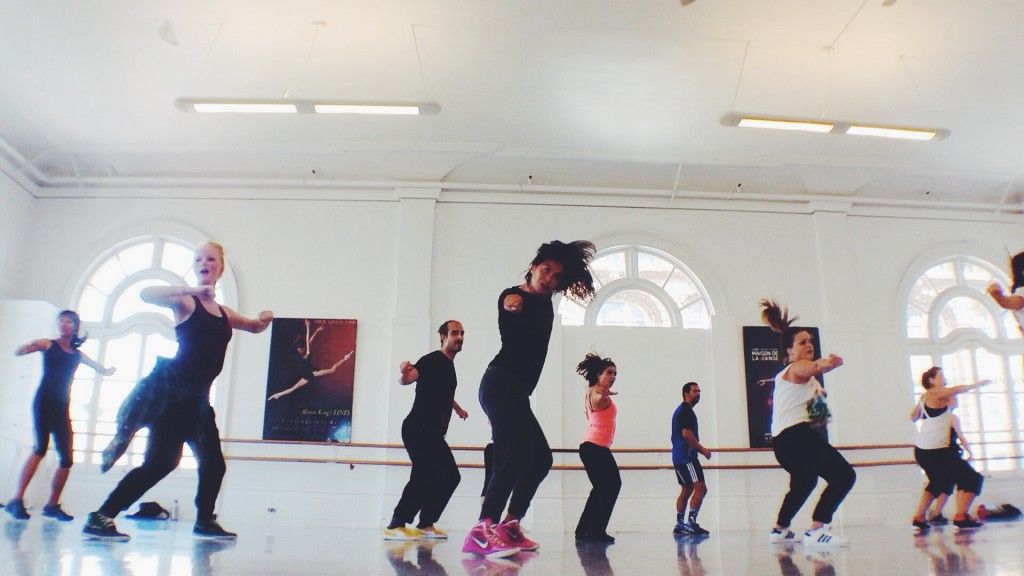
Drill Popping isolations and fixed points:
Play this song:
- 4 8-counts: Isolate your head by moving it front and back
- 4 8-counts: Isolate your head by moving it side to side
- 4 8-counts: Isolate your head by moving it in a circular motion, like you’re making a letter “O”
- 4 8-counts: Extend your arms straight in front of you, and create circles with your hands
- 4 8-counts: Keep the same position, then start bending/moving at your wrists and elbows
- 4 8-counts: Isolate your legs by doing an “in-place” glide – keeping one leg planted while the other glides in front of it and back
- 8 8-counts: Fix point different things, like putting your hand on a “wall” and dancing around it, or holding a “ball” and only moving the ball
Things to remember:
Isolations and fixed points are great tools to create concepts, imagery, and stories.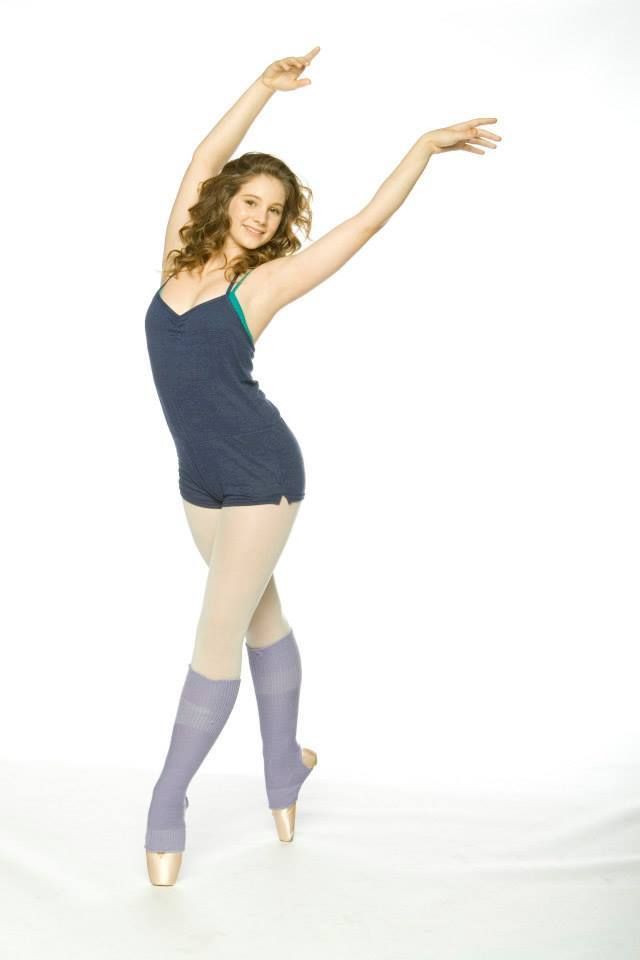 Solid balance is key when fix pointing your leg(s) and moving your upper body.
Solid balance is key when fix pointing your leg(s) and moving your upper body.
Popping Technique 6: Animation
Learn Popping animation:
Ticking is when you snap into a position with your joints.
Strobing is a faster pace of dime stops; it creates this illusion of leaving a trail of movement (like you’re dancing under a strobe light).
Poppers often strobe in pedestrian movements like walking.
Botting is when you create a “Robot” effect with your whole body using parts of these techniques. It makes your body/movements look “fake.”
Drill Popping animation:
Start this mixtape:
- Tick through the entire 12-point arm wave for 5 minutes straight
- Do the 4-point tick walk: stepping forward with one foot, and ticking the other leg in 4 points as you complete the step
- Strobe as you arm wave, walk, and complete other pedestrian movements (cooking, brushing your teeth)
Things to remember:
Keep your core nice and firm when you’re ticking your limbs and make your dime stops as clean as possible when you strobe.
Popping Technique 7: Fresno
Learn how to do the Fresno:
The Fresno is a part of Popping / Boogaloo technique. Shift your weight from side to side as you hit with each leg and arm.
Drill the Popping Fresno:
Play this mixtape:
- 4 8-counts: Do the Fresno (1 hit makes you move, the 2nd makes you stop)
- 4 8-counts: Hit your bottom right diagonal, bottom mid position, then bottom left diagonal
- 4 8-counts: Do the Fresno in a “single single double double,” AKA your arms hitting right left right right, left right left left
- 8 8-counts: Do the Fresno with variations with your steps (walk outs)
Things to remember:
The Fresno is important because it really teaches you how to stay with the pace of the music. Use your weight to keep balance as you pivot your feet.
Your whole body turns, not just your hip!
Never snap your legs all the way back; use your ankles to buffer the hits.
Popping Technique 8: Flexes
Learn how to do flexes:
The Twist-o-flex is when you put your hands on either side of your hips, then pivot your arms so that your chin is touching one shoulder.
Turn your upper torso to meet the plane of your hand placements there, then step forward to your base position.
The Neck-o-flex is when you touch your chin to a shoulder as you extend it out, then pivot your lower body around your arms as your head stays facing that direction.
Then, turn your upper body and head to the opposite arm.
Drill Popping flexes:
Play this:
- 8 8-counts: Twist-o-flex
- 8 8-counts: Neck-o-flex
- 8 8-counts: combine both flexes in your own freestyle
Review: Isolations, Animation, Fresno, Flexes
Re-visit the techniques from weeks 4 and 5. Combine all the techniques that you learned in a guided freestyle. Play any song you like.
Play any song you like.
- 2 8-counts: Isolate any body part
- 2 8-counts: Isolate another body part
- 2 8-counts: Fixed point one body part
- 2 8-counts: Fixed point another body part
- 2 8-counts: Tick the 12-point arm wave
- 2 8-counts: Tick while walking
- 2 8-counts: Strobe from/to any position
- 2 8-counts: Do the Fresno
- 2 8-counts: Do the Twist-o-flex
- 2 8-counts: Do the Neck-o-flex
- Remainder of the song: combine any of the techniques in your own freestyle
Popping Technique 9: Walk Out and Boogaloo
Learn the Walk Out and Boogaloo:
Do the Walk Out by crossing one leg in front and across from you. With that some foot, step toward the other diagonal.
Twist to that direction, then step forward with the back foot. Use the same foot to step behind yourself, then pivot to the front, and bring both feet in.
The Boogaloo is when you do a full body wave, starting from your head rolling all the way around, rolling your shoulders in opposite directions, pushing your chest out, then bringing your hips and knees out and around.
Drill the Walk Out and Boogaloo:
Play this:
- 14 8-counts: Hit all the 7 points of the walk out 4 times each.
- 14 8-counts: Use your opposite foot to start and hit all the 7 points of the walk out 4 times each.
- Repeat hitting during the walk out on each side, but 2 times in each position.
- Repeat again, 1 hit in each position, in tempo with the music.
- Draw a “figure 8” with your knees to prepare to do the Boogaloo roll.
- 8 8-counts: do slow Boogaloo rolls - fill up the full 8-count per roll
- 8 8-counts: medium Boogaloo rolls - 4 counts per roll
- 4 8-counts: fast Boogaloo rolls - 2 counts per roll
Things to remember:
For the walk out, use your opposite arm when you step forward with a leg.
Stay loose with your body as you do the Boogaloo roll.
Popping Technique 10: Twists
Learn Popping twists:
Do the Egyptian Twist by making angular pictures with your arms as you pivot your focus and toes toward different directions.
Drill Popping twists:
Play this:
- 1 8-count of Egyptian twist to your right.
- 1 8-count of Egyptian to your left.
- 2 Egyptian twists to your right, 2 steps to your right.
- 2 Egyptian twists to your left, 2 steps to your left.
Things to remember:
Keep your upper body and shoulders squared to the front, with your face following your toes. Hit with each time you pivot or step.
Popping Technique 11: Tutting
Learn how to Tut:
Tut by creating different lines and shapes with your arms. Bend from the elbows, wrists, and fingers.
Drill tutting exercises:
- Play any song
- From a resting position, bend at your elbow to raise one arm to chest level
- From there, extend it straight up
- Go through this same pathway to bring your arm down
- 8 8-counts: Drill your arms in this up-up-down-down pattern, alternating between arms
- Now raise both arms by the elbows in front of your face, and bend in a 90 degree angle at the wrist
- 8 8-counts: Alternate bending each side
- 4 8-counts: Extend your arms straight out on each side, and bend at the the elbows and wrists at 90 degree angles to create a “Z” then rotate them inward to create a box
Things to remember:
Keep your angles clean! 90, 180 degrees
Review: Boogaloo, Twists, Tutting
Combine all the techniques that you learned in a guided freestyle.
- 2 8-counts: Boogaloo rolls
- 2 8-counts: Egyptian twist
- 2 8-counts: Tut with just your arms
- 2 8-counts: Tut while traveling with footwork (you can just step, or glide)
- 2 8-counts: Walk out and Boogaloo rolls
- 2 8-counts: Egyptian twist in different variations
- Remainder of the song: combine any of the techniques in your own freestyle
Use this guide to train your basic Popping technique within 2 months.
If you want to follow along with a tutorial, STEEZY Studio’s Popping Program (taught by renowned Poppers Boogie Frantick, Kid Boogie, and Slim Boogie) is a much easier way to train.
All you have to do is plan out your schedule and follow along with the videos. Sign up here to try it out for free!
Hip movements. Belly dance. Master's Lessons. Advanced level
Hip movements
Starting position: standing on a full foot, legs slightly apart (about the width of the foot) and located on the same line parallel to each other, the body is slightly tilted back, the back is straight, the stomach is relaxed, the arms are lowered along the body, the knees are “soft”.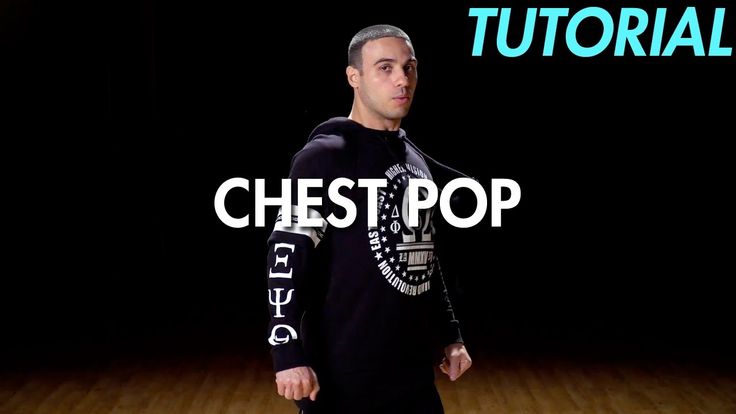
Performing an exercise “Swinging hips back and forth (“inward” and “awayward”)”. We take the buttocks back as much as possible, while we do not deviate back, hands are brought behind the back. Then we draw the buttocks into ourselves as much as possible, and bring our hands forward with a smooth movement. We tighten the hips, sharply reducing the muscles of the buttocks so that the pelvis leans forward and up a little.
Hold this position for a few seconds. Then we take the hips back as far as possible - the legs and body remain motionless - and arch.
We work in the vertical (frontal) plane. Again, we reduce (squeeze) only the muscles of the buttocks so that the pelvis leans forward and up a little ("inward"). Movement of the pelvis forward and up - back and up, emphasis at the farthest point of this movement - again the pelvis "in itself" - again back and up, emphasis, etc.
Try to keep the movement in the frontal plane along the path of the lower arc of the semicircle. Remember your posture: shoulders down, back straight.
Remember your posture: shoulders down, back straight.
Starting position: standing on a full foot, legs slightly apart (about the width of the foot) and located on the same line parallel to each other, the body is slightly tilted back, the back is straight, the stomach is relaxed, the buttocks are tightened, the knees are “soft” and slightly bent, arms to the sides. We perform a rocking chair with the hips.
The rocking chair is performed by alternately straightening the knees: without changing the position of the left leg, we straighten the right leg at the knee, due to which the right thigh is “pushed” up and we sort of pull it under the rib (in this case, the lateral abdominal muscles contract).
While moving, do not tear off the heels and do not shift the center of gravity from foot to foot. The top remains motionless and does not sway during the work of the hips. We make sure that the hips move only up and down, do not take them to the side or back.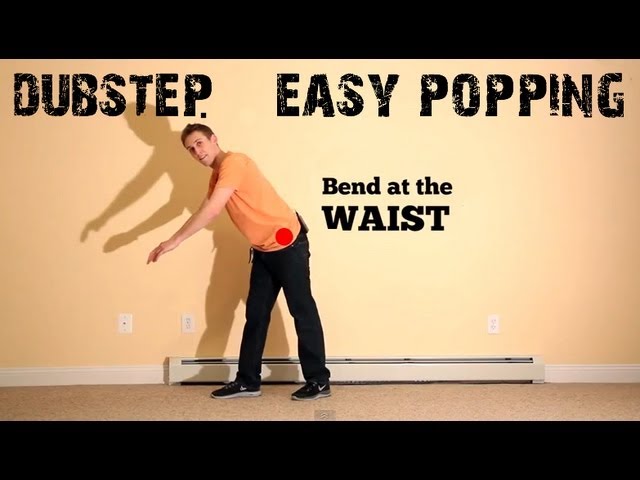 They should be relaxed - only the knees work. Now we bend the right leg at the knee - we lead the left thigh up.
They should be relaxed - only the knees work. Now we bend the right leg at the knee - we lead the left thigh up.
We continue the alternating movement with one or the other hip, without deflecting the body and keeping the line of the shoulders in the same position - parallel to the floor.
Imagine that you have a bowl of water on your head and your task is not to spill the water. You can also try to put a book on your head during this exercise and try to move so that it does not sway, much less fall.
Execute rocking hips to the sides in three counts: right-left and a little more slowly to the right - slightly slow down the knee extension until the movement starts in the other direction (without a pause in the movement), left-right and slightly slower to the left, slightly slowing down the knee extension until the next movement starts in the other direction. Movements should be smooth, unhurried, but continuous.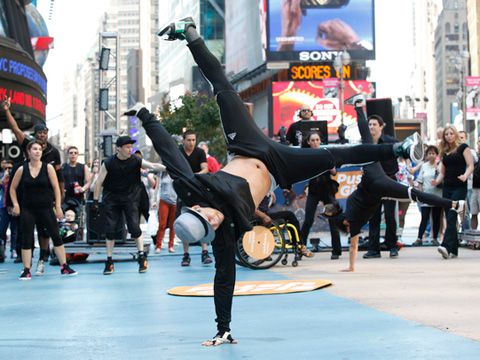 Simultaneously with the rocking chair, we perform circular movements with the hands. Again we make a rocking chair with our hips to the sides without pauses. At the same time, we raise our hands up, at the same time performing rotations with the wrists along the trajectory of the eight. Repeat the movement with the hips at a fast pace.
Simultaneously with the rocking chair, we perform circular movements with the hands. Again we make a rocking chair with our hips to the sides without pauses. At the same time, we raise our hands up, at the same time performing rotations with the wrists along the trajectory of the eight. Repeat the movement with the hips at a fast pace.
If desired, the pace of side rocking with the hips can be increased even more: increasing it gradually and maintaining the rhythm, move on to shaking the hips. When shaking-rocking chair, the pelvis swings due to the work of the muscles of the lower back, the legs become freer. With this shaking, you can learn to walk quite easily. For example, climb on the "half-toes" and try to go forward with shaking, and then back. The faster the hips move, the more they need to relax. But don't forget to work with your hands.
If at first the shaking is good for you, and after a minute or two the muscles begin to “stone” and the shaking rhythm is lost, it does not matter. Stop, shake your legs alternately, relax your muscles and start shaking again. The vibration of the body is given by muscles relaxed at your will, and not by tension.
Stop, shake your legs alternately, relax your muscles and start shaking again. The vibration of the body is given by muscles relaxed at your will, and not by tension.
Performing a rocking chair at a fast pace, we take the pelvis forward, then back and then move in a circle to the left. So we impose movement "rocking hips back and forth" for movement "small circle of the hips in the horizontal plane" plus circular movements of the hands.
We connect the side rocker with the hips pulling with the hips, continuing to perform rotations with the wrists.
Hip pull is a basic element of oriental dance, a movement from the group of slips. It should be done every day during every workout.
Starting position: we stand straight on a full foot (legs are located on the same line), the body is slightly tilted back, the back is straight, the legs are shoulder-width apart, the knees are “soft”, the arms are at the sides. We take the hip as far as possible to the left (without ceasing to perform the rocking chair at the same time), leave the legs and the upper part of the body motionless and transfer the body weight to the left leg. Shoulders, belt line during pulling remain parallel to the floor, knees do not bend. We pull the hips to the right and transfer the weight of the body to the right leg. The hips move to the right and left with maximum amplitude.
We take the hip as far as possible to the left (without ceasing to perform the rocking chair at the same time), leave the legs and the upper part of the body motionless and transfer the body weight to the left leg. Shoulders, belt line during pulling remain parallel to the floor, knees do not bend. We pull the hips to the right and transfer the weight of the body to the right leg. The hips move to the right and left with maximum amplitude.
Pulling with the hips stretches the lateral muscles, strengthens the muscles of the lower back and abdomen, perfectly tones the muscles of the waist, and also helps to prepare the body for further performance of various oriental movements (in particular, amplitude volumetric eights and rotations).
By sliding your hips, you can move back and forth and right and left.
After pulling with the hips, we move on to another basic movement, simple to perform, but effective and easily combined in dance with other elements, - eights.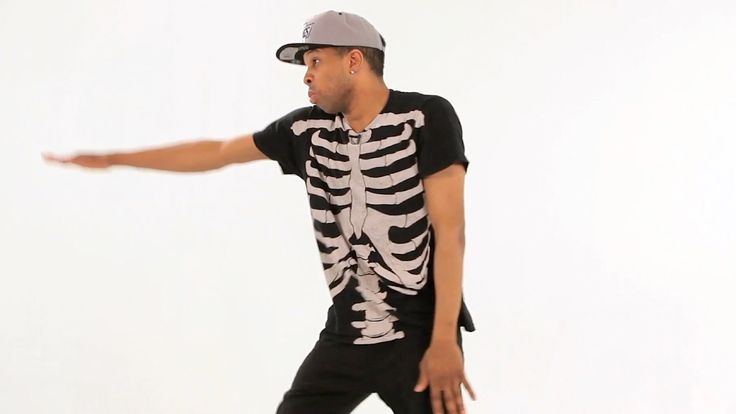 Let's start with the execution of horizontal eights (movements are performed in a horizontal plane clockwise and counterclockwise).
Let's start with the execution of horizontal eights (movements are performed in a horizontal plane clockwise and counterclockwise).
Horizontal figure eight backwards (“away from you”). While pulling, we lingered for a moment in a position where the left hip was maximally abducted to the left and, accordingly, the weight of the body was on the left leg.
Now we lead the right thigh diagonally forward to the right, turn it as much as possible and begin to outline the first half of the imaginary figure eight - we turn this thigh back.
Next, the left thigh is brought forward (the weight of the body is gradually transferred to the left leg), turns as much as possible (until you see your left buttock out of the corner of your left eye) and begins to outline the second half of the figure eight: to the left until it stops, and then back to the left.
Only the lower part of the body moves. Breathing remains even and smooth, like the movement itself.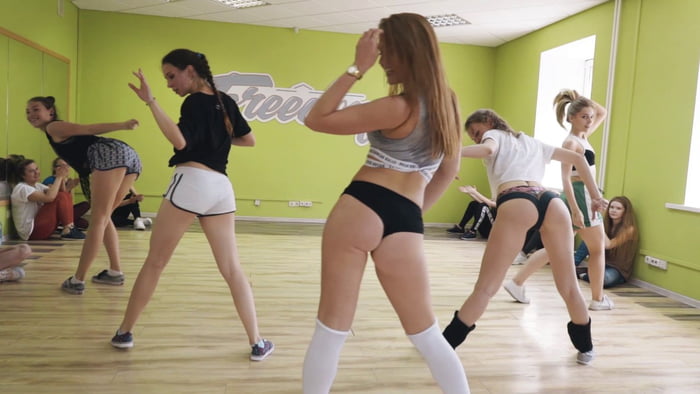
You can help yourself a little: when the hips are twisting in one direction, slightly twist the body in the other (so that the hips do not drag it along).
Straight knees, feet that remain parallel, and heels that stay on the floor will help to achieve a smooth, soft and continuous movement. Imagine that you are making your way forward without the help of your hands through some rather dense, viscous substance and, as it were, are raking it with your hips, alternately pushing it to one side or the other.
This exercise increases the elasticity of the ligaments.
Movement "horizontal figure eight forward ("inward")" schematically looks the same as the previous one, only performed in the opposite direction. We take the left thigh back diagonally to the maximum twisted position (in which the chest still remains motionless).
The weight of the body is transferred to the left leg. With a smooth circular motion, we describe half of the eight forward with the left thigh, maximally turning the right thigh back. We transfer the weight of the body to the right leg.
With a smooth circular motion, we describe half of the eight forward with the left thigh, maximally turning the right thigh back. We transfer the weight of the body to the right leg.
In a circular motion, move the right thigh forward and describe the remaining half of the figure eight. We try to bring the hips forward no less than back. We do not turn our shoulders. They must always look ahead. If you are still not very good at “separating” the top from the bottom, try doing the figure eight with your whole body first. I managed to catch the trajectory - you can move on to fixing the body and start moving only the hips.
Try to bring your hips forward no less than back, then the movement will be smooth and symmetrical. Keep an eye on the upper body: it should remain motionless, but not enslaved, keep the line of the shoulders parallel to the floor line.
When performing the figure eight, the legs should be placed parallel to one another and on the same line, not just for stability or beauty: if you put them in eversion positions (heels together, toes apart), then, involuntarily pinching the buttocks, limit the amplitude of their movement.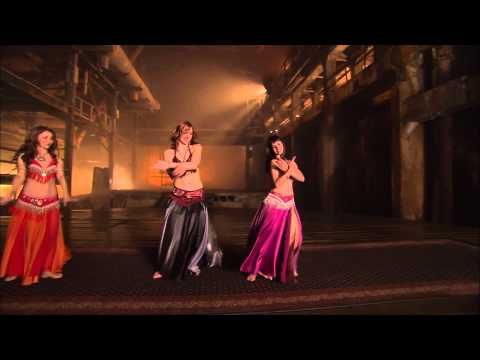
Another version of the eights with the hips - vertical eights, or, as they are also figuratively called, "pendulums". The second name of this dance component was not born by chance: remember how the pendulum of the clock moves, describing the lower semicircle of an imaginary circle, like a young crescent turned upside down with “horns”. The oriental dancer reproduces the described trajectory with the help of hip movements in a strictly vertical plane. Vertical eights can be performed, like horizontal ones, in two directions opposite to each other: “away from you” (from top to bottom) and “into yourself” (from bottom to top).
We still stand on a full foot (legs are on the same line and parallel to one another), the body is slightly tilted back, the back is straight, the buttocks are tucked up. But now, to perform the "pendulum", put your feet together. Body weight on the left leg. We tear off the right heel from the floor and raise the thigh as high as possible.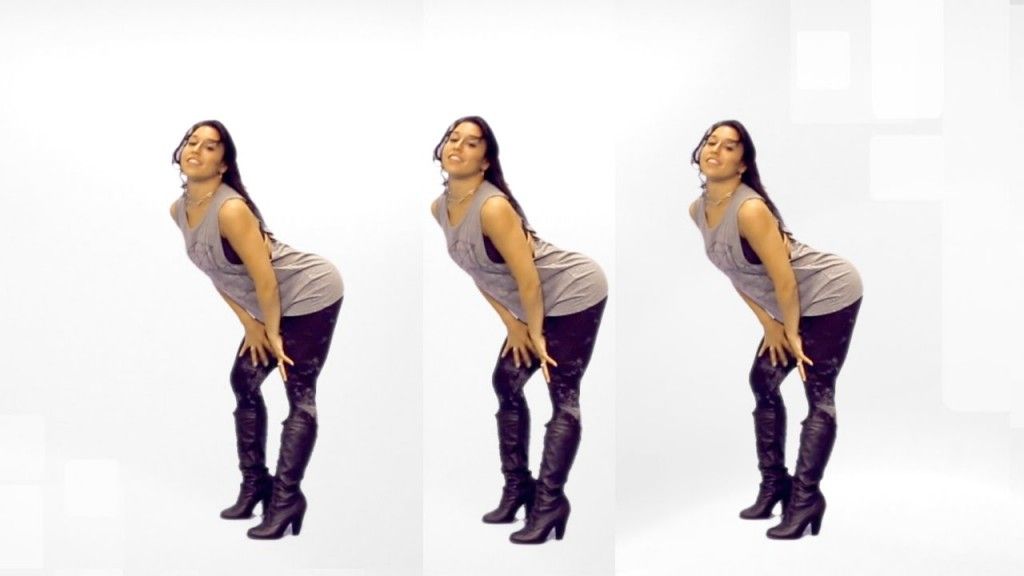
The weight of the body is gradually transferred to the right leg. Further, drawing a quarter of a circle to the right and down, we begin to lower the right thigh, at the same time pushing it as far as possible to the side, that is, to the right. From this extreme side point, we continue to lower the thigh to the lowest point of the circle thanks to the “soft” knee. Body weight on the right leg. We put the heel of the right foot on the floor and lower the right thigh down.
Now tear off the left heel (knee is relaxed), lift (due to lifting the heel off the floor) the left thigh up (as if leading to the armpit) and push it to the side as far as possible, without deflecting the body in the opposite direction and outlining a rather steep semicircle of the imaginary eights.
Pull the thigh towards you, returning to the starting position. We continue to draw symmetrical circles in a vertical plane. The body should remain motionless, and the line of the shoulders should be parallel to the floor line. Add hand movement to this dance element.
Add hand movement to this dance element.
Hands in oriental dance move depending on the nature of the music, and therefore often their movements do not coincide with the movement of the hips: the hands work at least twice as slowly as the hips. If the hips are the rhythm, then the arms are the melody.
From the previous starting position, smoothly proceed to the next movement - step Suher Zaki, or "stilts".
We stand on straight lines, located on the same line parallel to one another on toes, the body is slightly tilted back, the back is straight, arms to the sides. We begin to alternately lower the heels to the floor in three counts. We lower the heel of the left leg - the left thigh goes down, then we raise the heel of the left leg, returning to its original position (on the toes), and lower the heel of the right leg.
Left - right - left - paused for a moment. Right - left - right - lingered for a moment. And so several times in a row in the rhythm of the sounding melody. We do not bend our knees - we only raise our hips. The head is on the same level: the movement occurs mainly only due to the hips. Continuing to perform the movement, alternately tear off the legs from the floor.
Right - left - right - lingered for a moment. And so several times in a row in the rhythm of the sounding melody. We do not bend our knees - we only raise our hips. The head is on the same level: the movement occurs mainly only due to the hips. Continuing to perform the movement, alternately tear off the legs from the floor.
And now we “walk” on the spot without delays and stops, but still in time with the melody.
If this movement is performed correctly, you will feel the movement of the oblique muscles of the abdomen.
Performing the following exercise − hip dumps (otherwise - hip-down strikes). Starting position: standing in a half-squat and half-turned to the viewer. The body looks forward, the hips and legs are turned to the side at an angle of 45 °. We put the leg closest to the viewer (mirror) (working in this movement) in front of the one behind, on the toe, and expose its thigh and turn it forward (toward the viewer), as far as the body allows.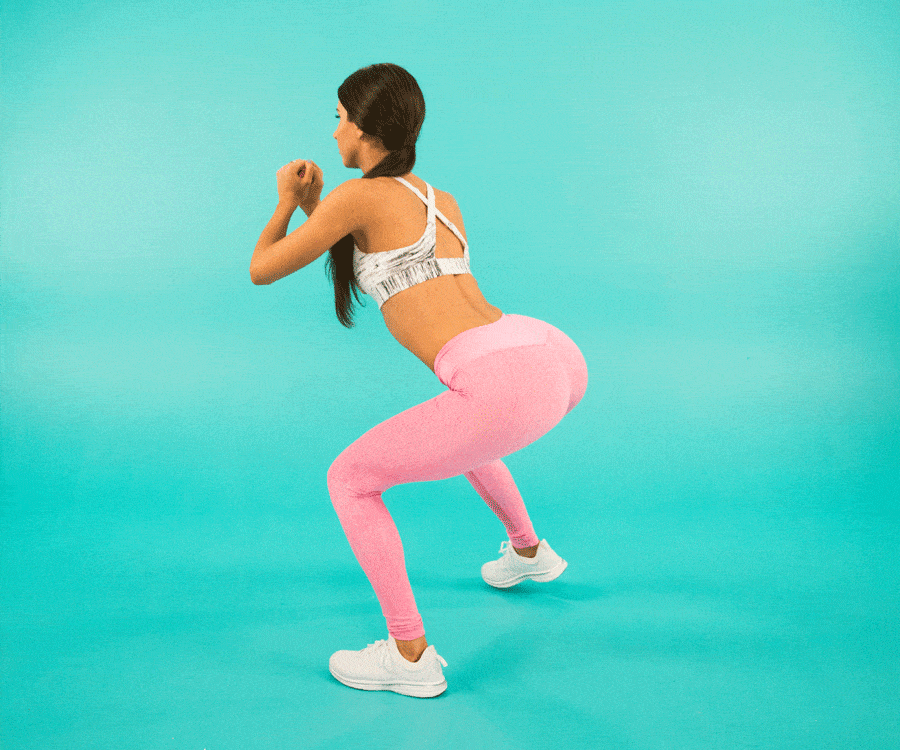 The back is straight and slightly tilted back, arms are spread apart.
The back is straight and slightly tilted back, arms are spread apart.
Try to keep your knees together while moving.
So, keep your chest and shoulders straight. We start the movement with the left foot, so we put it on the toe in front of the right, raise the right hand up, take the left hand to the side. Raise the thigh of the working leg up by straightening the knee, then sharply lower (throw) the thigh, again bending the working leg at the knee.
Do not lower the heel to the floor. We do the emphasis while moving down (at its maximum lower point). At the same time, the hands make smooth circular rotational movements. We repeat the movement a few more times, and then change the leg - we become half-turned to the viewer (mirror) with the right hip forward, respectively raise the left hand up, take the right hand to the side and work with the right hip.
If you relax your hips well and bend your leg at the knee, the hip will "fall" by itself.
Let's complicate the main movement "hip drop" with a leg extension, and we get a new movement - "classic key" (thigh drop with leg extension).
Starting position - as in the previous exercise: standing in a half-squat and half-turned to the viewer. The body looks forward, the hips and legs are turned to the side at an angle of 45 °. We put the leg closest to the viewer (working in this movement) in front of the one behind (supporting), on the toe, and expose its thigh and turn it forward (toward the viewer). The back is straight and slightly tilted back, the arms are spread apart (option - the arm of the same name as the supporting leg is raised up).
We perform one reset with the right hip, the emphasis is while moving down (at its lowest point). Raise the right thigh again, and then lower it, while throwing the right leg forward, the toe of the foot stretches forward and down.
Raising the hip up each time, we continue to alternate the impact with the hip down (hip drop) with the hip drop with leg extension.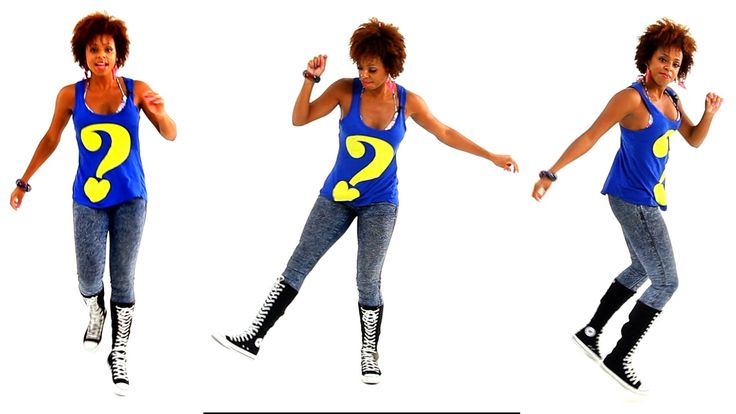 We perform this movement several times, and then change the leg - we work with the left thigh.
We perform this movement several times, and then change the leg - we work with the left thigh.
"Key" can be performed on weight. In this case, when the leg lunges forward, its toe does not touch the floor, that is, we keep the leg in the air.
We continue to develop the spine and back muscles.
We change the starting position: we stand on a full foot, legs slightly apart (about the width of the foot) and located on the same line parallel to each other. The body is slightly tilted back, the back is straight, the stomach is relaxed, the knees are “soft”, the arms are at the sides, the weight of the body is on the left leg (as in a pull).
Execute semicircle hips.
We take the hips forward - the body deviates back, but the head does not throw back in any case (!) - and take it to the right, outlining (with maximum amplitude) an imaginary semicircle.
Now let's do a full circle.
Hip circle is a movement familiar to each of us since school or even kindergarten times. He was certainly included and is still included in a variety of gymnastic complexes called "hip rotation".
At first, to help you check if your shoulders and upper chest are moving horizontally or vertically during the exercise, you can put your hands on your shoulders.
Combine the semicircle with the hips forward with the semicircle back and perform a full circle with the hips to the left on straight legs. The hips move along all four points: we take them forward (the body leans back, but the head does not throw back), we take them to the left, wrapping the hips, we take them back, transferring the body weight to the right leg, we take them to the right, etc.
While the hips make a circle, the head, shoulders and arms remain at the same level. We repeat the rotation of the hips to the left again, and then we perform a circle in the other direction: right - forward - left - back, trying not to move the upper body and keep the line of the shoulders parallel to the floor line.
This text is an introductory fragment.
Driving mode control information
Driving information When driving a car, the driver receives a huge amount of information, but attention must be focused on the main thing that determines the traffic situation at the moment or interferes with traffic and threatens to run over or
Circle movement adjustment
Adjusting the movement of the circles The speed of movement of the circles depends primarily on the specific gravity of the material from which they are made (foam and cork circles float faster in the wind than wooden ones). The thicker the circle, the faster the movement. At the circle with a thick and
Breast movements
Breast movements Check your posture.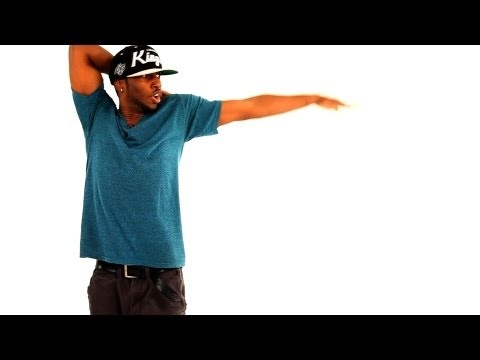 Stand up straight, pull in your stomach, push your chest slightly forward, both feet are stable and firmly on the floor, arms are spread apart. We start chest movements. Without moving the lower part of the body, we raise (push out) the chest with a short movement
Stand up straight, pull in your stomach, push your chest slightly forward, both feet are stable and firmly on the floor, arms are spread apart. We start chest movements. Without moving the lower part of the body, we raise (push out) the chest with a short movement
Tilt motion
Tilt movements Let's move on to the movements in the pull. Starting position: stand straight on the full foot (legs are on the same line), the body is slightly tilted back, the back is straight, the legs are shoulder-width apart, the knees are “soft”, the arms are at the sides. Pull the hips to the right and shift the weight
Walking with cane on shoulder
Walking with a cane on the shoulder Holding the cane on the right shoulder, perform penetration "C grade" with a turn in place around its axis in the direction to the left. Raise the left thigh and leg, bent at the knee, up. Then we lower the thigh down (while the left leg is still
Raise the left thigh and leg, bent at the knee, up. Then we lower the thigh down (while the left leg is still
Movement with shawl
Movements with a shawl The dance with a shawl (scarf, veil, handkerchief) is one of the most traditional. A scarf can amazingly transform, decorate the movements of a dancer. Its possibilities are almost limitless, and therefore working with it is a special pleasure. Competently
Travel speed
Travel speed One of the key factors affecting the efficiency of the car is the speed of movement. Everyone knows that the most economical driving mode is driving on a country road in calm weather at a speed of about 80–90 km/h at the highest (in
How the motion sensor
works How is the motion sensor In the middle of the sensor there are receivers of IR light - photocells. The Fresnel lens consists of many small lenses, each of which focuses IR light on the plane of the photocell, and one of them focuses directly on the photocell itself (signal
The Fresnel lens consists of many small lenses, each of which focuses IR light on the plane of the photocell, and one of them focuses directly on the photocell itself (signal
Motion sensor infrared Camelion
Infrared motion sensor Camelion The motion sensors of the Chinese company Camelion are widely and varied in stores. Economy-class infrared sensors, which were created as energy-saving switches, primarily lighting, although their functions are almost
3.5.6. Motion detectors LX-19B and LX-2000
3.5.6. Motion detectors LX-19B and LX-2000 Infrared motion sensors are commercially available, adapted in shape to wall light switches for flush wiring (Fig. 3.62) LX-19B and LX-2000 (Fig. 3.63) manufactured by the Chinese company Litarc Lighting & Electronic Ltd. Rice. 3.62. Household light switch
3.
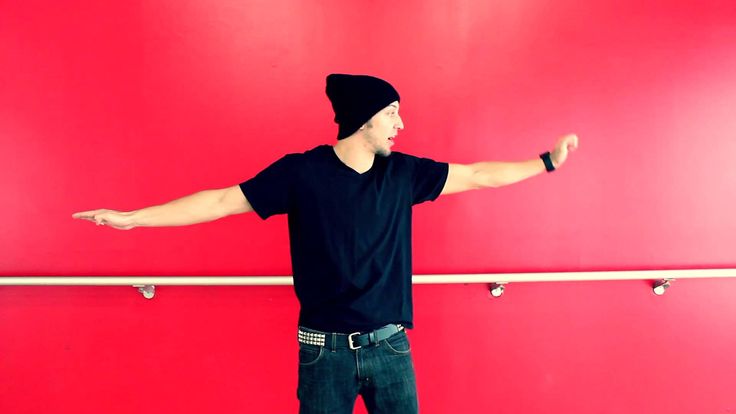 5.8. Setting motion sensors
5.8. Setting motion sensors 3.5.8. Setting motion sensors Sensors are adjusted by potentiometers; usually there are three of them (Fig. 3.69): • to set the sensitivity of the sensor (SENS), the brightness of the IR light is set, to which the sensor must respond; • to set the delay time for switching off the lighting
How to do the figure eight with the hips. figure eight hips belly dance
The hips, abdomen and pelvis undoubtedly play a central role in oriental dance, being the focus of feminine energy. It is on the hips and abdomen that the main attention of the viewer is concentrated. These parts of the body are most involved in the dance and seem to be designed to perform the key and most expressive elements of bellydance.
One of the most enchanting movements in belly dance is the enigmatic, flowing, serpentine figure eight of the hips. At first glance, what could be difficult in the implementation of an ordinary geometric figure - the figure eight? However, this eight is not so simple, but quite intricate. And inside it lies many secrets. Only in a bellydance lesson are all the secrets of how to do the figure eight beautiful with the hips revealed: this is the direction of movement of the hips, and the amplitude of the braces, and the position of other parts of the body during the execution of the figure eight.
At first glance, what could be difficult in the implementation of an ordinary geometric figure - the figure eight? However, this eight is not so simple, but quite intricate. And inside it lies many secrets. Only in a bellydance lesson are all the secrets of how to do the figure eight beautiful with the hips revealed: this is the direction of movement of the hips, and the amplitude of the braces, and the position of other parts of the body during the execution of the figure eight.
In the figure eight, the hips work in isolation, while other parts of the body remain motionless. It is this technique that helps to focus on the hips, so that the movement looks beautiful. If the dancer has forgotten about this trick or has not worked out such a skill enough, if the shoulders or chest begin to move along with the hips, the movement will look “blurred” and unprofessional.
Before doing the figure eight with the hips, it is necessary to prepare, stretch the lateral muscles: it is the well-developed muscles of the body that allow you to achieve a large amplitude, due to which the movements of the hips have an effect on the viewer even from afar. The figure eight is advantageously combined, for example, with twists - and for their implementation, the preparation of the muscles of the body is also needed.
The figure eight is advantageously combined, for example, with twists - and for their implementation, the preparation of the muscles of the body is also needed.
When performing the figure eight, the position of the body, back and shoulders is important. Eights are of various types, depending on the trajectory of the movement of the hips - horizontal and vertical, external and internal. They are perfectly combined with shaking, penetrations, twisting.
In her classes and video lessons, Samira always reminds dancers of their individuality in dance and recommends “trying on” movements and elements. So, when doing a figure eight with your hips, you need to watch your body and see in which position this movement will look most impressive.
Thanks to such high-quality elements as the figure eight of the hips, belly dance acquires its authenticity, unique originality and true feminine beauty!
| Personal video consultation |

